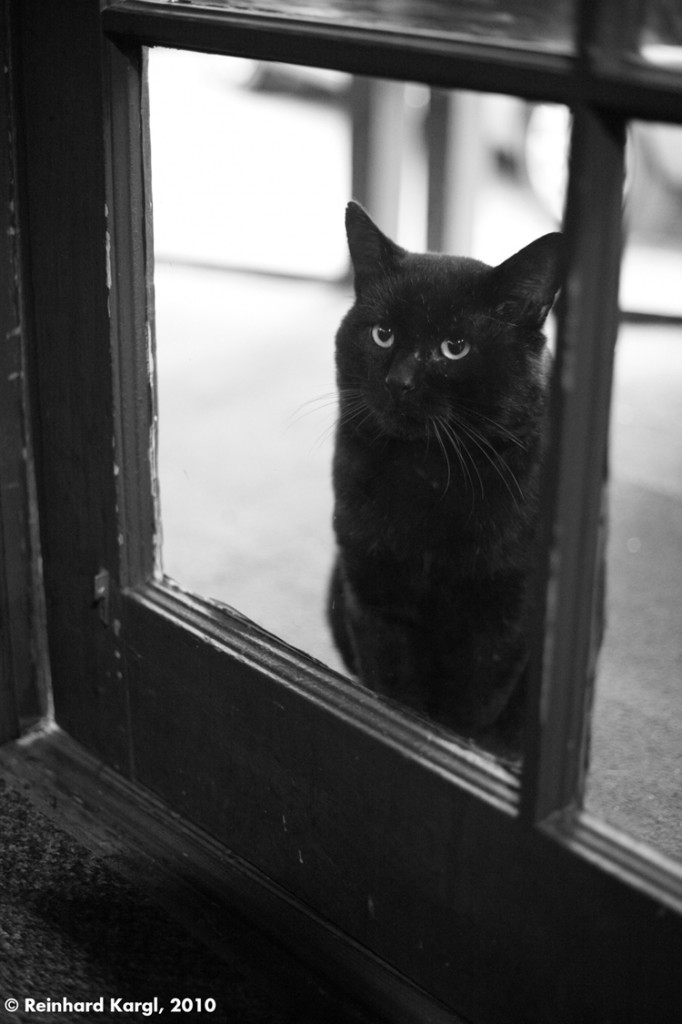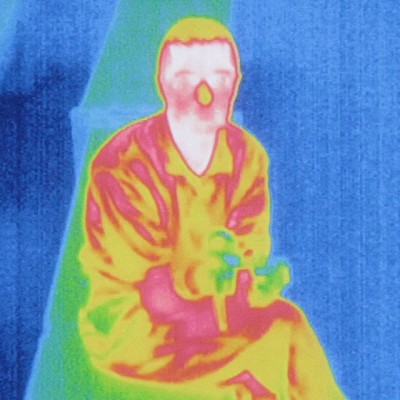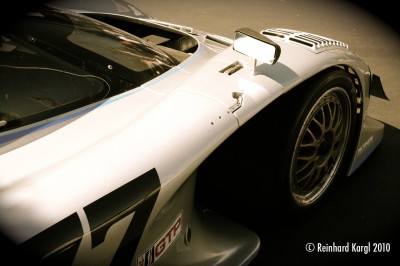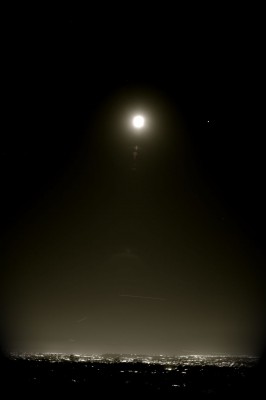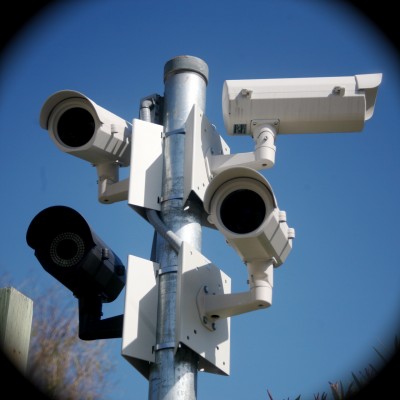Category Archives: Photography
No Dialtone
Portrait No. 4201
Halloween 2010
Infrared Reinhard
This is what I would look like if your eyes could see infrared light, which is emitted by all warm bodies. The image was taken with a thermal imager at the Jet Propulsion Laboratory in California. (Apparently, I have a cool nose).
Rotary Speed
Here is a picture I took at Mazda’s North American headquarters in Irvine, California. The occasion was the 2010 SevenStock meet, an annual gathering for rotary engine enthusiasts.
The car pictured is the RX-792P of 1992. This particular car was not very successful on the track, but I think it remains one of the most beautiful race cars ever built. One year earlier, a similar car with the same 4-rotor Wankel engine had been victorious in one of the most grueling auto races the world has ever known: the 24 Hours of LeMans.
I am fascinated with Wankel-type rotary engines. Designed in the 1950s by the German engineer, Felix Wankel, they offer many advantages over conventional piston-engines. And yet, Wankel’s design was never universally adopted among auto makers. Today, its only global, large scale manufacturer is Japan’s Mazda Motor Corporation.
Truth be told, all types of rotary engines also have disadvantages. But it seems to me that many doubts regarding the Wankel engine’s design are based on outdated information. When the engine type was first fielded by Germany’s NSU Motorenwerke AG, its contemporaries and licensees during the 1960s, the technological prerequisites had not evolved yet. The rotary concept was simply ahead of its time.
Today, after decades of experience and with much better materials, a more thorough understanding of thermodynamics, big advances in lubricants and seals, as well as the benefits of turbo or compressor charging, fuel injection, electronic engine control and emission control technologies, things have changed. Mazda has done quite well with getting the Wankel’s inherent problems under control.
Given more R&D funding and a better supply of skilled and experienced maintenance personnel, Wankel engines could be made ideal for sports cars, motorcycles, aircraft and — due to their high power output at a relatively small size and low weight: as auxiliary engine for hybrid cars. Audi’s A1 e-tron concept study incorporates this configuration!
中秋節
Originating in China about 3,000 years ago, the “Mid-Autumn-” or “Moon Festival” (Zhongqiu in Chinese, Tết Trung Thu in Vietnamese) is one of the year’s most important holidays in much of Asia.
Having admired and loved the Moon since childhood, I have come to think that the Chinese had the right idea by giving the Moon its own holiday. There are of course many beautiful myths and customs surrounding it, the details of which vary by region. But the roots go back to the beginning of science, as the festival marks both Autumnal Equinox and Full Moon. This year was very special, because both occurred simultaneously, which has not happened in 20 years.
I took the above picture from a hilltop west of Los Angeles, looking east just before 11 PM last night. (B&W, digital SLR, ISO 50, 24 mm lens, f/2.8, 15 sec., 2 stops underexposed. Digitally processed and vignette added. The blur was natural and caused by moist marine layers drifting in from the ocean).
PS: And yes, I did get to enjoy the traditional moon cakes. (Three different kinds!)
Veni, Vidi: Fravors
While exploring downtown L.A.’s Little Tokyo at night, I needed a fravor.
R.I.P. Mrs. Death
I must confess that I like old cemeteries. I don’t perceive them as eerie, but as peaceful and tranquil. To those with open minds and eyes, cemeteries offer a glimpse into the lives of people who have long gone.
Here is a picture I took in a Southern California graveyard. Mrs. Death passed away 98 years ago, at the age of 81. Who was she? And how did she get that name? Surely, introductions at social gatherings would have resulted in some comical consternation.
I assume that Mrs. Death must have possessed a sense of humor — otherwise she would have changed her name at some point. (Quite easily accomplished in America, name changes are a time honored tradition among immigrants).
Peace be upon her.
Big Buddha Is Watching You
A post office I know in West Los Angeles has more security cameras than postal workers. (The cameras are monitoring the long line of waiting customers, but not the postal workers who usually move slower than sloths. Then again, since the price of postage keeps rising by the month, they must guard against the distinct possibility of armed stamp robberies).
These days, surveillance cameras are watching us in the most bizarre of places. Here is a picture I took at the entrance to a Buddhist temple.

